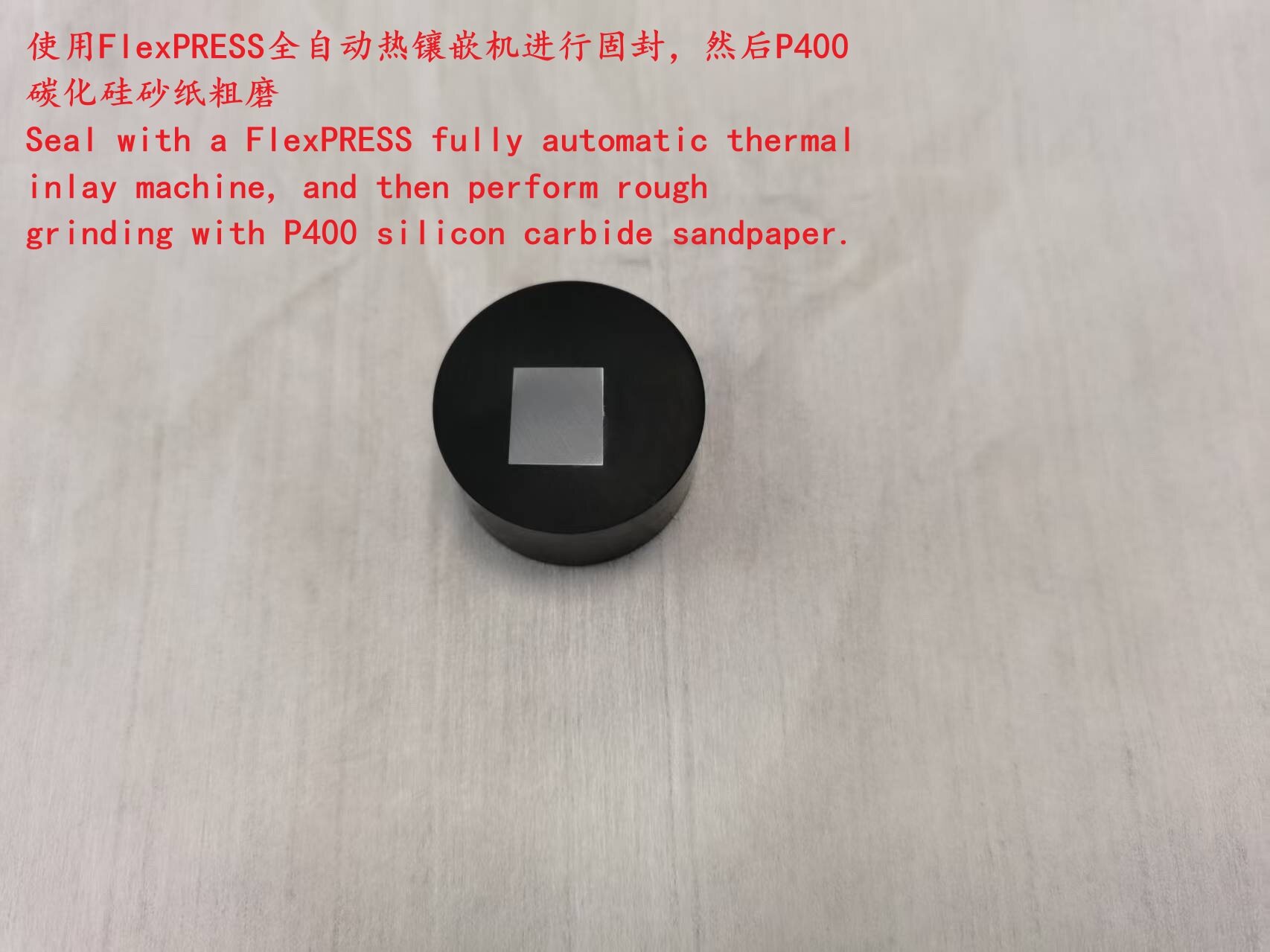👏 High-temperature titanium alloy is a type of titanium alloy that can be safely and reliably used in service environments above 400℃. Due to its ability to maintain high tensile strength at high temperatures, along with excellent thermal stability, good fatigue performance, and good creep resistance, it is mainly used to manufacture discs, blades, intake casing, and aircraft structural components in compressors. To observe its microstructure, the following gold phase preparation is carried out: The sample is fixed using the FlexPRESS fully automatic hot embedding machine, and then the sample is prepared on the Alpha610 automatic grinding and polishing machine. The specific steps are as follows:
1⃣ Plane grinding with silicon carbide sandpaper P400
2⃣ Fine grinding with POS disc + 9 micrometer diamond polishing liquid
3⃣ Coarse polishing with SC polishing cloth + 1 micrometer diamond polishing liquid
4⃣ Final polishing with ZN polishing cloth + A439 silica polishing liquid
👀 After immersion in Kroll reagent and observation under the MN80 metallographic microscope, it can be seen from the metallographic photo that the crystal grains are coarse, the crystal boundaries are obvious, and the β phase region forms a large sheet-like β transformation structure through slow cooling, which can meet the performance requirements under high-temperature conditions.
#SteelMicrostructure #MaterialScience #Metallography #SteelSamples #MicrostructureAnalysis #SteelPrep #MaterialTechnician #SamplePreparation #Microscopy #MetallurgicalTesting #SteelAlloys #SteelPolishing #MicrostructureTesting #MetallographyLab #MaterialAnalysis #SteelQuality #MicroscopicView #MetallurgicalEngineering #LabTechLife #MaterialsTesting #StructuralAnalysis #metallurgymonday #crosssection #coldmounting




